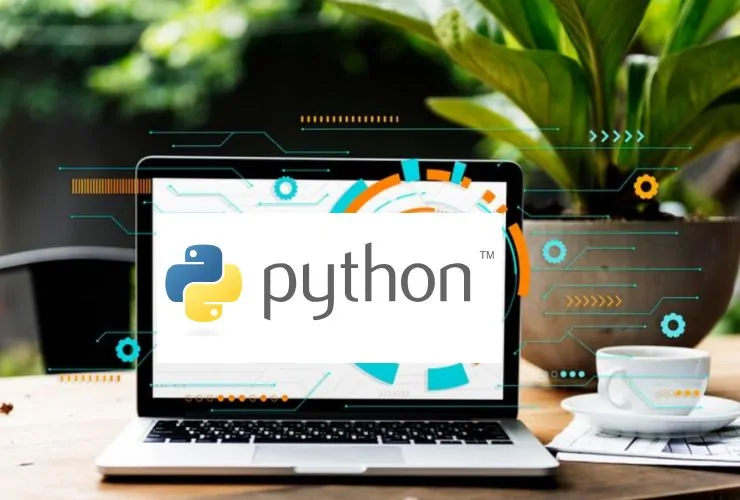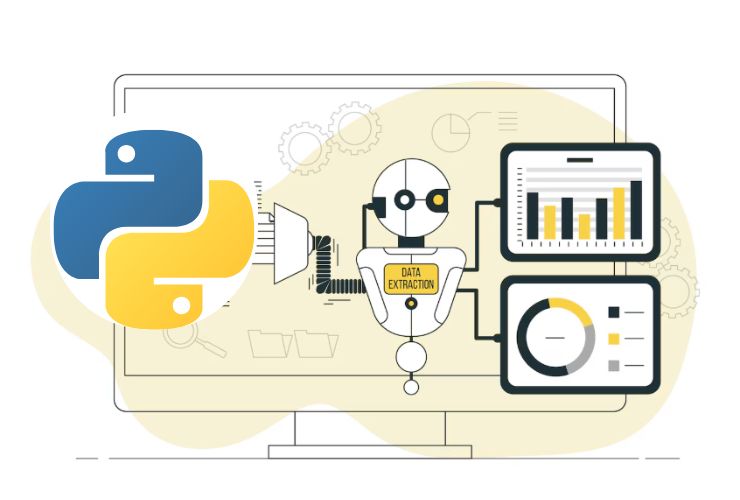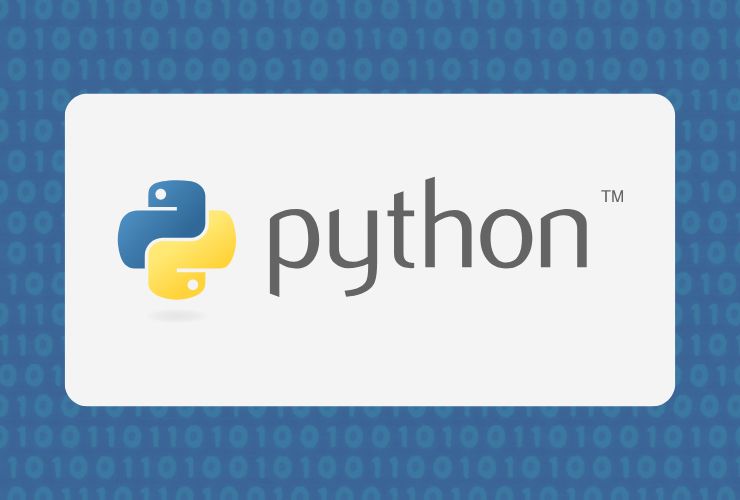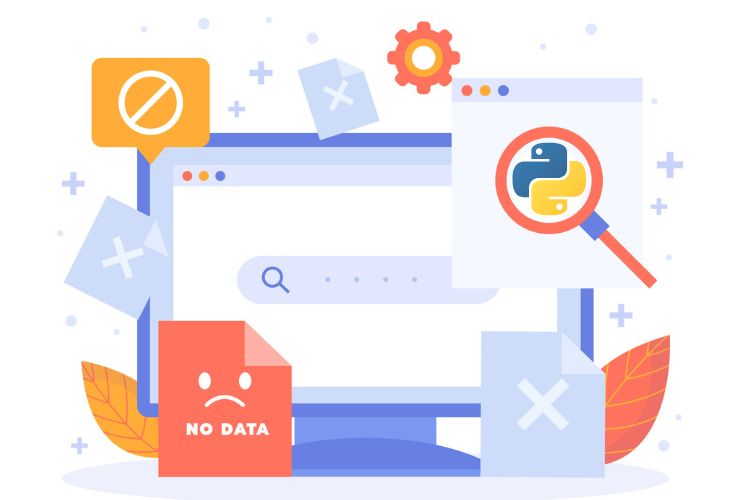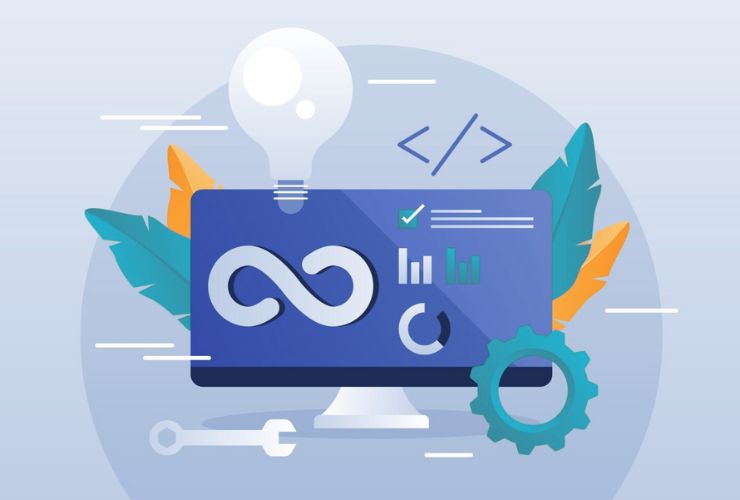Organizations, both large and small, generate large volumes of data every day in today’s data-driven environment. Making sense of this data and being able to extract valuable, actionable insights is vital to a company’s growth, decision-making, and innovation. Because it is simple and flexible with lots of libraries and frameworks, Python has become one of the leading programming languages for big data analytics.
In this blog, we explore how Python applies to big data analytics, highlight key tools and libraries, and show ways to create an environment for handling large-scale datasets efficiently.
Why is Python a Good Option for Big Data Analytics
There are several advantages that support why data specialists prefer to use Python:
- Easy to learn and easy to use: Python’s simple syntax empowers data engineers and data analysts to write very complex logic for data processing with very few lines of code.
- Comprehensive Libraries: There are libraries available, such as Pandas, NumPy, Dask, and PySpark for data engineering, data manipulation, performing statistical analysis and data processing in a distributed manner.
- Integrates into Big Data Tools: Depending on the pricing of tools like Hadoop, Spark, and cloud service architecture, Python can easily fit within the landscape.
- Support from Community: Many of Python’s tools grew out of a development community of incredibly smart programmers, and as part of that community, there is a wealth of tutorials, libraries, frameworks, and support lifetime for the real-world big data problems.
- Data Visualization Capabilities: And roles in addition to being data scientists, there are libraries for visualizations in Python (i.e., Matplotlib, Seaborn, Plotly, etc) that met visualization needs. There is no single truth to data storytelling, but Python libraries allow insights to be conveyed effectively.
Primary Python Libraries for Big Data Analysis
- Pandas: Are ideal for cleaning, transforming, and analyzing data and efficiently handles its structured parts.
- NumPy: Provides support for numerical analysis and high-performance activities on large datasets.
- Dask: Enables parallel computing, working with datasets that exceed memory size.
- PySpark: Is a Python API for Apache Spark, designed for use with large datasets in a distributed environment.
- SciPy: Delivers high-level scientific and technical tools for computing.
- Matplotlib & Seaborn: Are libraries for constructing charts, plots, and understanding the patterns in the data.
- Plotly & Dash: Provide interactive and dynamic visualization of data suitable for dashboards.
Roles of Python in Big Data Analytics
Big Data Analytics can be done using Python in inputs in all aspects of big data analytics:
- Data Collection: Python scripts help obtain data from APIs, databases, and data extraction.
- Data Cleaning: Python libraries tackle managing detecting and dealing with missing values, duplicated records, and inconsistencies reliability.
- Data Transformation: Raw data is transferred into usable data, normalized to datasets, and enables doing aggegrates.
- Data Analysis: Application of statistical methods, correlation analysis, and predictive modeling.
- Data Visualization: Uses analytical results of ‘data’ to produce different charts, graphs, and dashboards.
- Machine Learning becoming a part of the Process: Python is supporting and advancing ‘ML’ libraries such as scikit-learn and TensorFlow to assist in developing a predictive model on a subset of big datasets.
Python in Distributed Big Data Systems
- For many large datasets, distributed processing is required. Python integrates with big data frameworks, including Hadoop and Apache Spark.
- PySpark allows for large scale dataset processing in parallel with Spark’s distributed computation systems. This framework is well-suited for real-time and batch analysis of data.
- Hadoop allows Python scripts to interact with the Hadoop Distributed File System (HDFS) to process and analyze large datasets stored in HDFS.
These frameworks allow organizations to analyze terabytes of data quickly compared to traditional methods.
Best Practices for Python Big Data Analytics
Task Sharing in Parallel – Take advantage of Python’s capability to share tasks in parallel to speed up analyses by splitting them across multiple cores or nodes.
- Optimize Memory for Data Structures – Use libraries and data structures such as Dask, or PySpark for processing large datasets.
- Data Cleaning – Perform thorough preprocessing and cleaning of datasets to avoid garbage-in, garbage-out.
- Code Profiling – Profile code and scripts for performance specifically to look for slow operations, and prioritize optimizing code bottlenecks as needed.
- Modularity in Code Composition – Compose analysis, incrementally, using reusable Python functions and modules.
- Document your Workflows – Document important and/or reproducible workflows for future action and clarity amongst teams.
Prospects for Python in Big Data Analytics
As the amount of data continues to explode in every industry, Python is in a period of continued evolution as a staple of big data analytics. Trends in real-time analytics, AI-driven insights, cloud-native data platforms, and automated data pipelines increase the demand for Python-driven solutions.
The flexibility of the language combined with a strong support network ensures that Python will continue to be a strong preference among data engineers, analysts, and data scientists who want to utilize big data for extractable insights.
Final thoughts
Python has a proven record each for power and flexibility in big data analytics. The large library ecosystem, particularly with powerful frameworks and its ease of use makes it appealing among other languages for studying large datasets.
Python enables organizations to handle every stage of data, from collection and cleaning to analysis, visualization, and machine learning. By following best practices and using the right tools, organizations can turn raw data into actionable insights and gain a competitive advantage.





